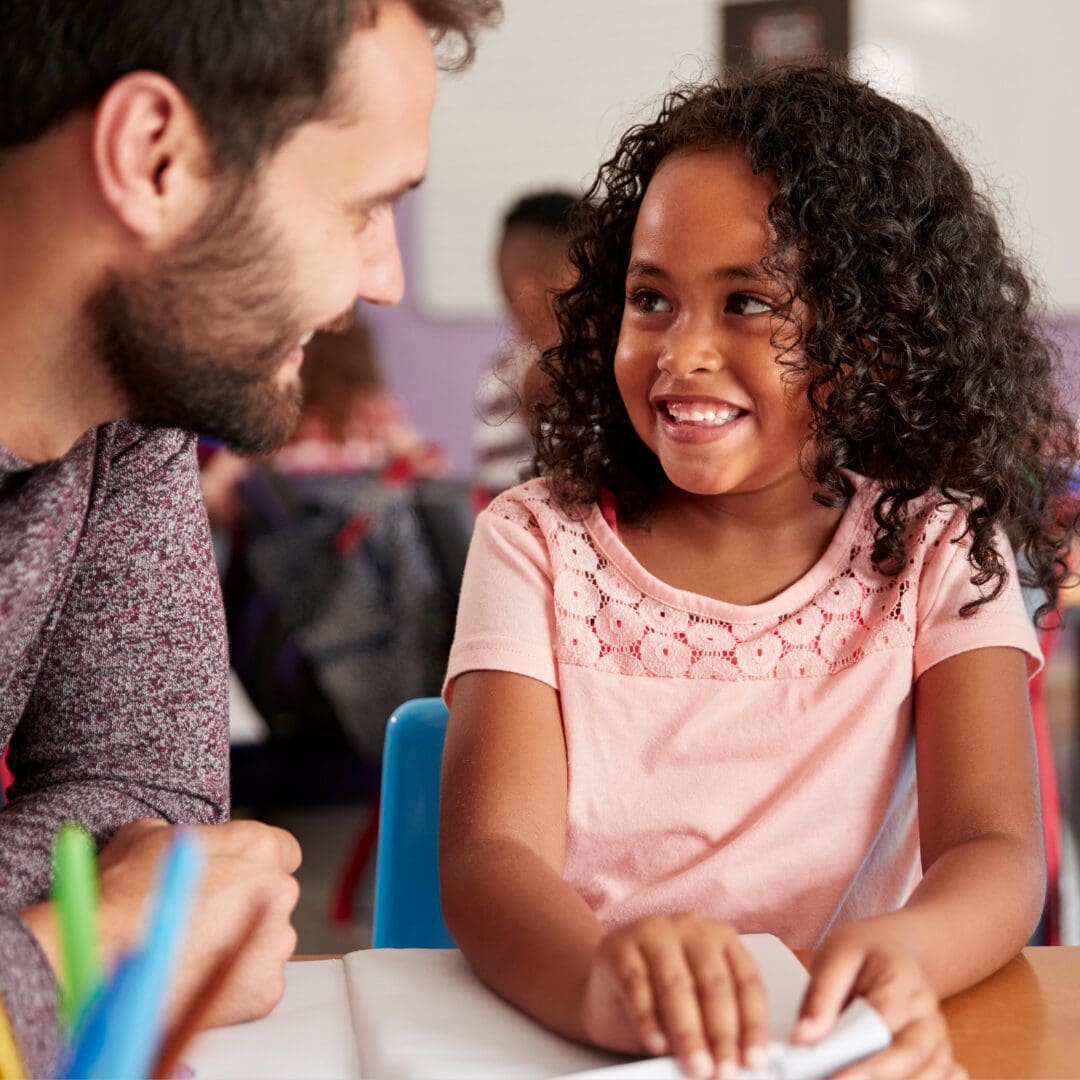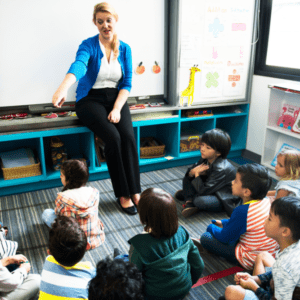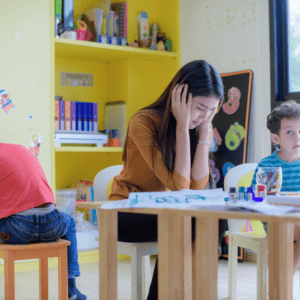
Female Teachers NEED to use Different Teaching Strategies.
There are differences between men and women. While we should have the same opportunities and support in our careers, we are perceived in different ways.

1.3 Students with diverse linguistic, cultural, religious and socioeconomic backgrounds.
Students with different backgrounds respond differently to teaching strategies. Knowing the best strategies to teach your students is a key part of teaching.

Socio-economic status and school – how much does it really matter?
If students have less money, their home lives will be different to those with higher income. This looks different for every student and isn’t generalisable.

1.4 Strategies for teaching Aboriginal and Torres Strait Islander students.
Supporting First Nations students is a key priority of school systems across Australia, and our schools are a key part of nationwide Reconciliation efforts.

High Teacher Expectations – What Does it Actually Mean?
Low teacher expectations are one of the critical problems for Aboriginal and Torres Strait Islander students in Australia.

The deficit model in tutoring – how do you meet parent expectations?
One of the challenges in teaching is that people think they can do it better. The parents, our own families, and the politicians all think that they know what does and should go on in our classrooms.

How to Manage Attention-Seeking Behaviour in Your Students.
Whether your students are seeking positive attention or are acting up to get a rise out of you, there are strategies that you can use.

Why teachers need to admit when they are wrong.
‘I was just testing you!’ is a common excuse, but the truth is that unless you are teaching very young primary aged students, no one believes a word of it.

The Different Teaching Styles: Which One Works for You?
There are many different teaching styles, and each one can be successful in the classroom. It’s important to understand what makes each type successful.

Should Teachers Intimidate their Students?
No. Plain and simple. That’s all there is to it. Here’s why: Students need to be able to trust their teachers. Students need good role models.
